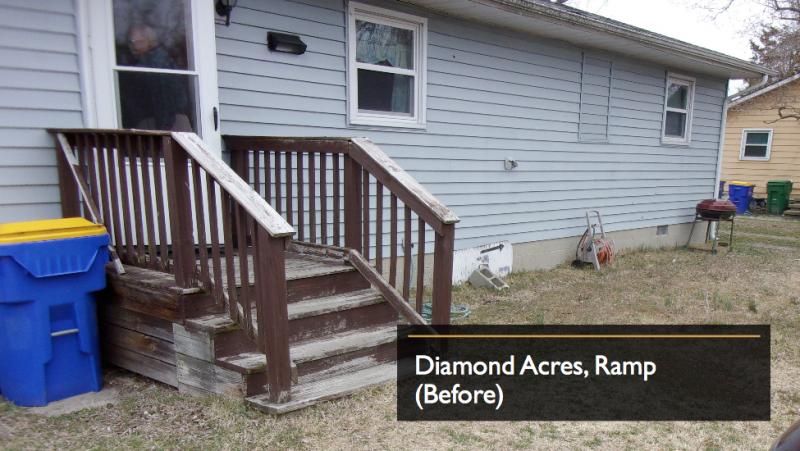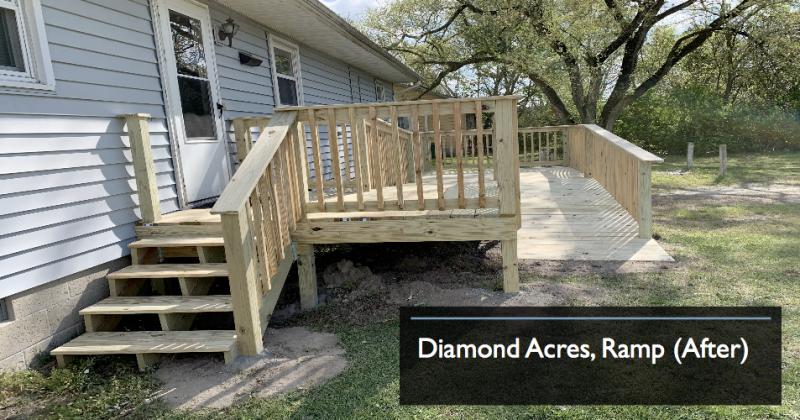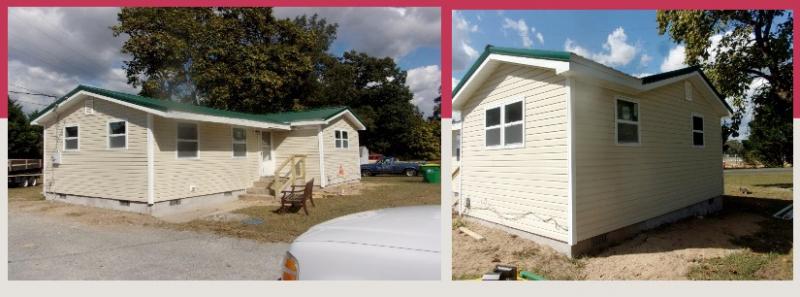Behind the scenes, the staff of Sussex County Community Development and Housing Department works diligently to coordinate and monitor the Community Development Block Grant Program in unincorporated areas and municipalities.
Using nearly $2 million in federal monies and another $300,000 in county funding yearly, the program provides housing rehabilitation for low- and moderate-income homeowners. County-hired contractors repair and replace roofs, doors, windows and siding, and provide electrical, plumbing and energy upgrades. Some funds are also used for connections to central water and sewer service.
Brandy Nauman, department director, presented an overview of the program to Sussex County Council during its Feb. 1 meeting. For fiscal year 2022, the county is requesting $1.79 million for program costs.
Funding comes from the U.S. Department of Housing and Urban Development, including the HOME program, aka Home Investment Partnership Program, and money is allocated to Sussex and Kent counties by the Delaware State Housing Authority. Eligible projects include housing rehabilitation, sewer and water connections, demolitions and small infrastructure projects.
Emergency funds from the county are used to assist households with no heat or running water, leaking roofs, electrical and plumbing issues, and those in need of handicap accessibility. Prioritization is given to residents with disabilities, those age 65 and over, low-income residents and veterans.
“The county funds have been a lifesaver,” Nauman said. “It allows us to be more flexible and respond quickly.”
Over the past 10 years, council has allocated $2.28 million in emergency funds.
This year's grant proposal includes the following targeted unincorporated areas: Cool Spring, Mount Joy, and Diamond Acres, Dagsboro, all $80,000. For other areas, the following amounts have been budgeted: handicap accessibility projects, $48,000; emergency projects, $78,000; sewer and water connections, $20,000; housing rehabilitations, $320,000; and roofing projects, $162,000.
Funds for municipalities include $80,000 each for Bethel, Blades, Bridgeville and Frankford, and $105,000 each for Milton, Laurel, Seaford and Selbyville.
Housing success stories
Mike Jones, rehabilitation program coordinator, said project spending limits have been increased from $25,000 to $40,000. “Prices are up considerably, so this is a great help,” he said.
Due to the new housing construction boom, Jones said finding new contractors is an issue, but the county has been able to hire the same 10 to 12 contractors over the years.
Jones told a few success stories from last year's program. He said contractors replaced a roof on a home in Delmar that was leaking so badly, basins had to be placed in the attic and emptied during rainstorms. “It was the worst house on the block, and now it's no longer an ugly duckling. Now, others are fixing up their houses on the street,” he said.
He said contractors repaired the exterior and added insulation to a house built in the 1970s in Coverdale Crossroads near Bridgeville that only had tarpaper insulation. “The family had to live in the living room around a heater in the winter because the rest of the house was freezing,” Jones said.
Even with the program’s success, there are more than 1,000 households on a waiting list.
Program by the numbers
To qualify for the program, residents must meet income requirements, own their homes, have insurance, and have paid their taxes. Income limits are based on 80 percent of the average median income for the county, which is $42,100 for a one-person household; $48,000 for a two-person household; and $60,100 for a four-person household.
In fiscal year 2020, the program provided $1.9 million for work on 114 houses containing 201 people. Some work is still underway.
In fiscal year 2019, with all work complete, $1.77 million was spent on 154 houses containing 267 people.
Over those two fiscal years, participants in the program were as follows: disabled, 52 percent; elderly, 56 percent; and female heads of households, 62 percent.
From fiscal years 2010 to 2020, the county has received $10.3 million in block grant funding and $4.7 million in HOME funding to assist 1,461 households.



















































